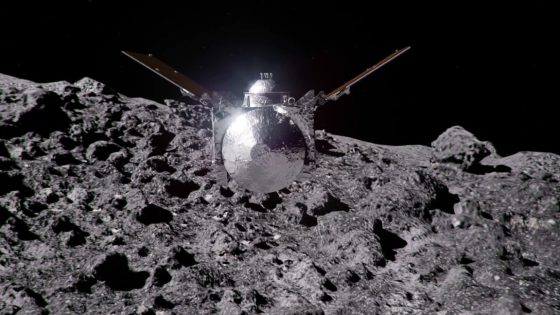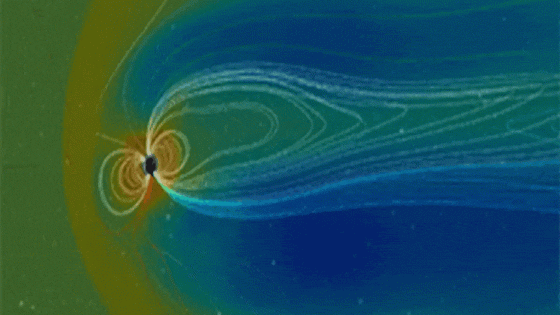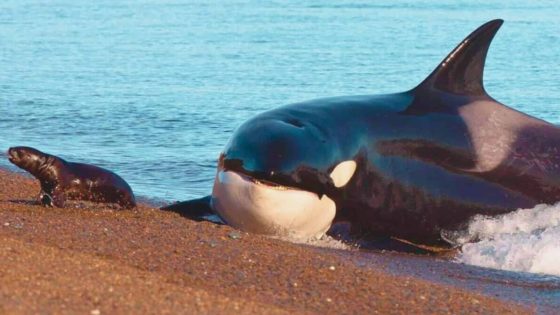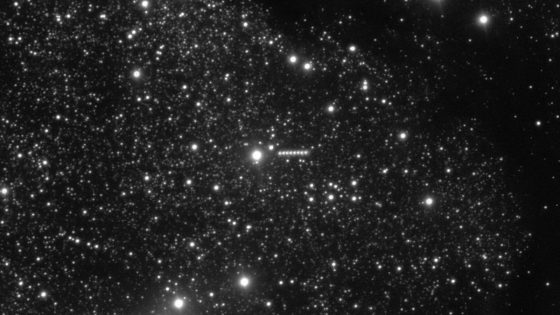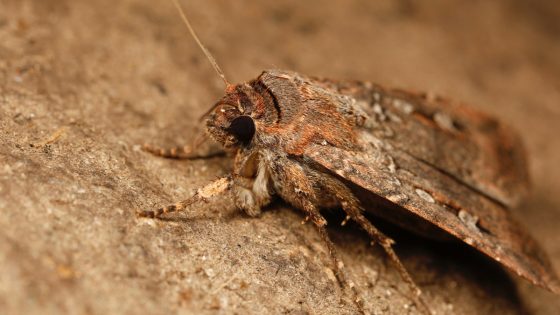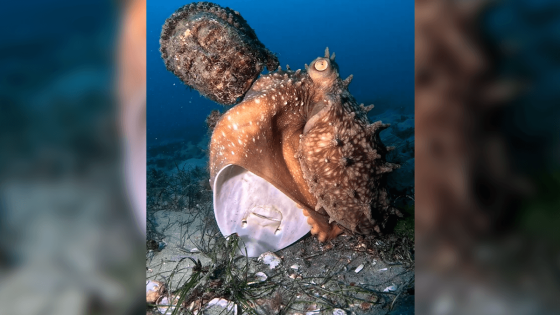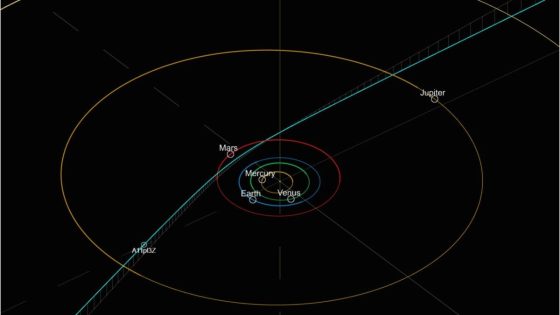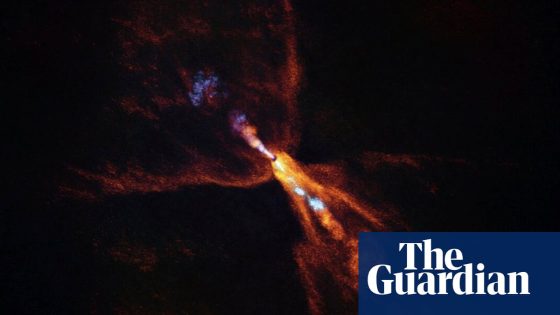NASA’s exploration of asteroids is gaining momentum, particularly with the focus on Apophis, a notable near-Earth object. Discovered in 2004, Apophis is set to make a close approach to our planet on April 13, 2029, just over six years from now. Scientists are eager to study this asteroid, which is about 370 meters wide and could provide crucial insights into potential threats from space.
- DART's success prompts follow-up mission development.
- Apophis discovered in 2004 by astronomers.
- Apophis will pass Earth on April 13, 2029.
- Asteroid's impact force exceeds Tunguska event.
- Unique opportunity to study asteroid's interior.
- NASA plans OSIRIS-REx mission extension.
Following the successful DART mission, which demonstrated asteroid deflection capabilities, experts urge NASA to develop a follow-up mission. Lu emphasizes that DART was merely a preliminary test, and future missions should target larger asteroids like Apophis to ensure preparedness for any potential impact scenarios.
The upcoming encounter with Apophis presents an extraordinary opportunity for scientists. With Earth’s gravitational pull set to influence the asteroid, researchers will gain insights into its internal structure. This data could be vital for future planetary defense strategies. Consider these key points:
- Apophis will pass within 31,600 km of Earth.
- The asteroid’s composition is primarily stony, categorized as an ordinary chondrite.
- Understanding its structure could inform strategies for asteroid deflection.
As we approach 2029, the scientific community must prioritize missions to Apophis. This could pave the way for groundbreaking advancements in planetary defense and asteroid research.



